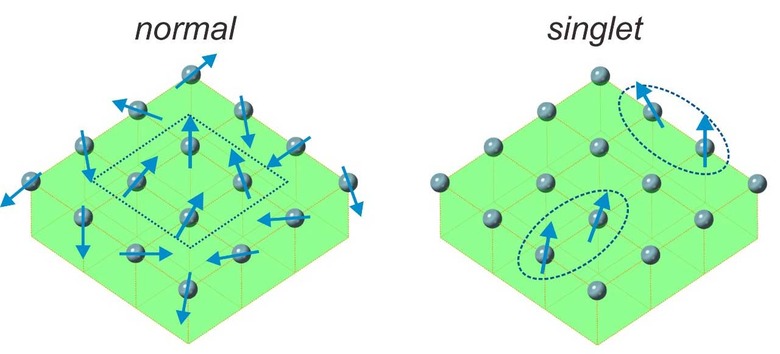Scientists Discover New Type Of Magnet With Potential To Improve Data Storage Tech
A team of physicists from New York University have discovered a brand-new type of magnet that differs from any other known to exist. Called a "singlet-based magnet," it was found within a compound of uranium and antimony known as USb2, and because it can change between magnetized and unmagnetized states quickly and easily, it has the potential to improve data storage capabilities within computers.
In typical magnets, magnetic force is created when electrons, which normally have their own magnetic fields pointing in random directions, become aligned, resulting in a single, combined powerful field. The scientists found that the electrons in USb2 can create "spin excitons," or special particles that can temporarily form and create an aligned magnetic field when they stick together, or singlet-based magnetism.
With their research recently published in the journal Nature Communications, the physicists have proven that singlet-based magnets can exist in stable environments, outside of the experimental settings where they were previously observed in quick flashes.

When it comes to how these magnets could improve computers and data storage, NYU lead researcher Andrew Wray explains:
"There's a great deal of research these days into the use of magnets and magnetism to improve data storage technologies. Singlet-based magnets should have a more sudden transition between magnetic and non-magnetic phases. You don't need to do as much to get the material to flip between non-magnetic and strongly magnetic states, which could be beneficial for power consumption and switching speed inside a computer."
